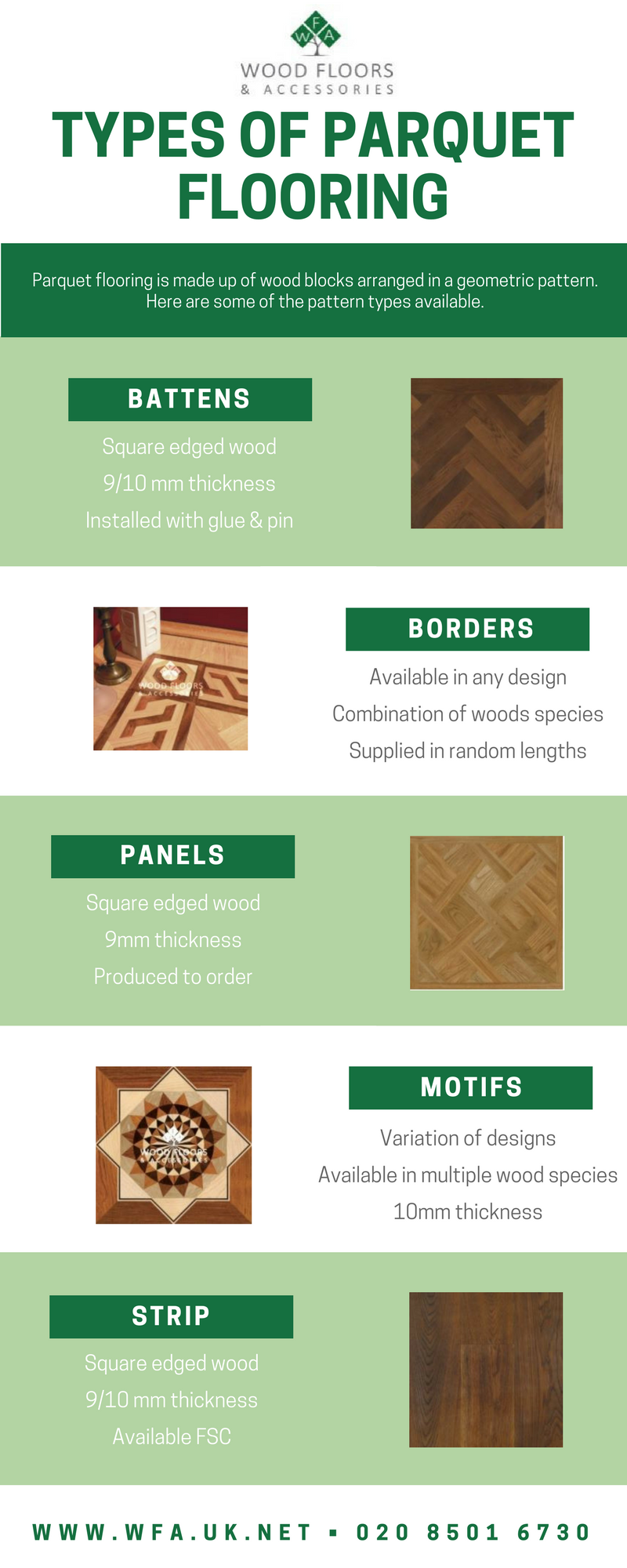Just How To Budget For Your Flooring Job: A Practical Guide
Just How To Budget For Your Flooring Job: A Practical Guide
Blog Article
Uploaded By-McGrath Carlson
When you're planning a flooring task, budgeting isn't almost selecting a number; it's about comprehending what you really require and the costs involved. You'll wish to assess your particular needs, research various products, and prepare for unexpected costs. Consider how aspects like room function and installation methods can impact your spending plan. But before you enter, there are some critical details you may overlook that could considerably influence your overall prices. Let's explore how to navigate these complexities and ensure your task stays on track.
Assessing Your Flooring Demands
Before diving into your floor covering project, it's vital to evaluate your flooring requires. Begin by taking into consideration the specific locations where you plan to mount new floor covering. Consider the function of each room. For instance, bathroom and kitchens need waterproof materials, while living locations might benefit from convenience and appearances.
Next, review the existing conditions of your floorings. Are there any type of architectural issues, such as irregular surface areas or moisture problems? Attending to these worries at an early stage can save you time and money down the line.
Also, take note of the dimensions of each area to identify just how much floor covering you'll require.
Do not neglect to consider your lifestyle. If you have family pets or young kids, sturdiness may be your top concern, while a more formal space may call for a luxurious coating. Additionally, consider your layout preferences. Do you prefer a classic look, or are you attracted to contemporary styles?
Finally, be practical concerning just how much maintenance you want to devote to. Some products call for even more upkeep than others. By understanding your demands clearly, you'll be better furnished to make educated options as you move on with your floor covering project.
Estimating Expenses and Products
Estimating expenses and materials is a pivotal step in your floor covering project that can dramatically influence your overall spending plan. Beginning by gauging your space precisely to identify how much flooring you'll need. For the majority of materials, you'll discover prices by square foot, so collect quotes from various vendors to get a practical figure.
Next, take into consideration the sort of flooring you desire. Choices like wood, laminate, ceramic tile, or carpeting all included different cost factors. Research the prices for each and every and factor in any additional products like underlayment, sticky, or transition strips.
Don't forget to include devices if you're intending a DIY installation, as leasing or purchasing equipment can include in your expenses.
Labor expenses are an additional important factor to consider. If you're hiring specialists, get quotes from multiple professionals to ensure you're obtaining a reasonable cost. Be epoxy concrete repair concerning the extent of job to prevent unexpected charges later on.
Finally, garage floor epoxy company 's a good idea to set aside a tiny percent of your budget for any unforeseen costs associated with products. By completely approximating your expenses and products ahead of time, you'll establish on your own up for a smoother and extra manageable flooring project.
Planning for Hidden Costs
Numerous house owners overlook the concealed costs that can occur during a flooring task, which can bring about budget plan overruns. To avoid this, you need to prepare for potential additional prices.
Initially, take into consideration the condition of your existing subfloor. If it's harmed or unequal, you'll likely require repair work or progressing, which can include significantly to your general cost.
Next off, consider elimination and disposal charges for your old flooring. Lots of contractors bill added for this solution, so factor that into your budget plan.
In addition, don't ignore the prices of underlayment, which might not be consisted of in the preliminary quote however are crucial for a successful installation.
You need to also plan for unanticipated issues, such as plumbing or electric job if your floor covering job includes relocating components. It's a good idea to allot at the very least 10-15% of your complete allocate these unexpected costs.
Last but not least, keep in mind that permits may be required for certain setups. Constantly examine local regulations to prevent penalties or delays.
Conclusion
In conclusion, budgeting for your floor covering project is important for a successful outcome. By assessing your needs, estimating prices, and preparation for concealed expenses, you'll stay clear of shocks and stay on track. Remember to allot a section of your budget for unforeseen prices and keep a comprehensive failure of your expenses. With cautious planning and consideration, you'll create a gorgeous area that fulfills your needs without breaking the bank. Happy floor covering!
